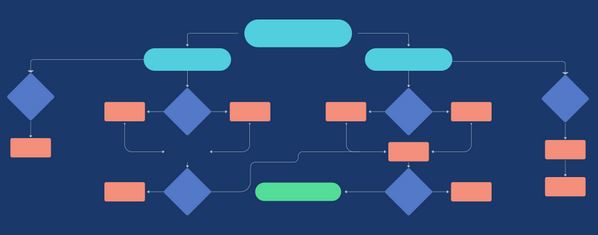By Pete Gawda
The approval process for new development in El Paso County is involved and complex, with a variety of steps, depending on the scope of the project.
The Planning Division of the El Paso County Planning and Community Development Department oversees the initial development process and determines whether each project meets the standards of the land development code and the El Paso County Master Plan, said Justin Kilgore, a planning review manager. The provisions of the land development code apply to the development of buildings, structures and uses of land in unincorporated El Paso County. The code establishes reasonable design and procedures for subdivisions to provide adequate water, transportation, sewage, schools, parks and playgrounds. It also establishes general zoning districts. The master plan is a policy guide that balances conservation and new growth. It promotes the county’s goals, objectives and policies and establishes a process for orderly growth and development.
The submission of paperwork required for the approval of some projects could be handled entirely online through the county’s EDARP program (Electronic Development Application Review Program).
According to the county’s EDARP webpage, the EDARP process includes the following:
- View applications currently under review
- Search archived files
- Initiate minor applications
- Initiate early assistance meetings
- Submit applications for large developments
- Submit complaints to Code Enforcement
On March 22, Ryan Howser, also a planning review manager, and Kilgore were interviewed together via a virtual meeting so they could further explain this process. Here is the information from that meeting.
Most projects require a pre-application meeting with a planner assigned to the project. Typically, early assistance meetings are necessary for projects that require a hearing before the planning commission and/or the El Paso County Board of County Commissioners. The planner decides what is necessary for that particular project to meet the criteria of the master plan and the land development code. The planner determines what documents are required along with the application. In the early assistance meeting, issues that may come up are discussed, applicable regulations are discussed and the builder may be informed of fees and how the overall process works.
The planner determines what documents are required with the application. Depending on the complexity of the project, there could be several pre-application meetings before the developer submits an application and other required documents through EDARP.
Depending on the project, such things as a traffic study, environmental impact study, geological survey, mineral rights certification, noise study, or a commitment letter from electrical, natural gas and water providers could be required.
Once the planner determines that all necessary documents have been completed, the outlined criteria have been met and all necessary fees have been paid, a staff report is compiled.
It might be necessary to consult outside agencies before a staff report is prepared. The planning staff makes sure all requirements have been met. They determine that the application is consistent with the master plan and the land development code. Planners then present the facts of the case to the planning commission without making a recommendation. The final decision is left up to the planning commission.
Each submission is taken on a case-by-case basis. Things such as master plan elements and locations are directly approved by the planning commission. Any subdivision action, besides an exemption, requires both Planning Commission and the BOCC action. All of the land development actions, including rezoning, sketch plans, special districts, preliminary plans, etc., are also required to go before both the planning commission and the BOCC.
When all the criteria have been met, a hearing is scheduled before the planning commission. The planning commission reviews the staff report, hears from the applicant and interested citizens and makes recommendations to the BOCC.
At the BOCC hearing, the applicant details the project and interested citizens have another opportunity to express their likes and dislikes. The BOCC then makes a determination. Often final approval is given with certain conditions. To ensure these conditions are met, the BOCC relies on planners, code enforcement and sometimes outside agencies to monitor those conditions.
Generally, for public improvements such as roads and stormwater facilities, the builder is required to put up collateral. Once the improvements pass inspection, the collateral is released back to the builder.
Water sufficiency is determined at the end of the process.
One of the requirements that must be met before the final plat approval is given is water sufficiency; it can be a lengthy process. The planners urge developers to begin working on water sufficiency early in the development process. To determine water sufficiency, builders are required to provide evidence of a water supply, along with quantity and quality. Based on that information, the state engineer determines if the amount of water available is sufficient for the next 100 years. In El Paso County, water sufficiency is required for 300 years. The BOCC approves water sufficiency based on the findings of the state engineer and the county attorney’s office. However, the 100-year and the 300-year rule versus the reality of water sufficiency is a continuous debate in Colorado.







